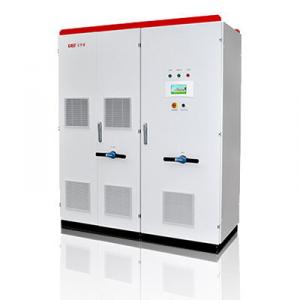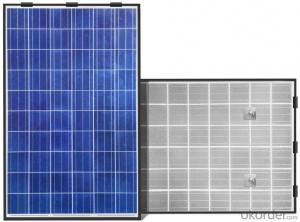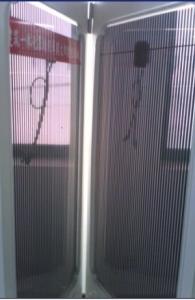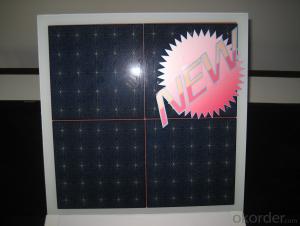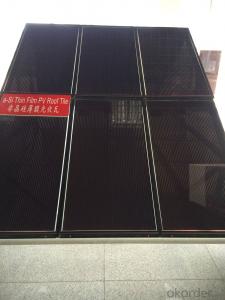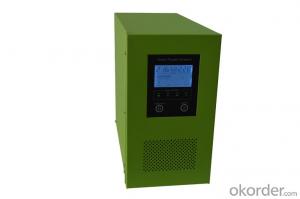Undersizing Solar Inverter
Undersizing Solar Inverter Related Searches
Oversizing Solar Inverter Oversized Inverter Solar Sizing Solar Inverter Inside Solar Inverter Solar Inverter Sizing About Solar Inverter Choosing A Solar Inverter Overclocking Solar Inverter Solar System Inverter Sizing Solar Inverter Sizes Inverter Size For Solar System Solar Inverter Size Cheap Solar Inverter Replacing A Solar Inverter Clipping Solar Inverter Upgrade Solar Inverter The Solar Inverter Small Solar Inverter Install Solar Inverter Cheap Solar Power Inverter Solar Inverter Upgrade Cheap Solar Micro Inverter Inverter For Solar Inverter On Solar Panel Inverter In Solar Inverter With Solar Input Inverter With Solar Panels Construction Of Solar Inverter Solar Inverter Configuration Use Of Solar InverterUndersizing Solar Inverter Supplier & Manufacturer from China
Undersizing Solar Inverters are a type of solar power conversion device that plays a crucial role in the efficient functioning of solar energy systems. These inverters are designed to convert the direct current (DC) generated by solar panels into alternating current (AC), which can be utilized by homes and businesses. They are essential components in harnessing the power of the sun and making it usable for various applications.Undersizing Solar Inverters find their application in a wide range of scenarios, from residential rooftop installations to large-scale commercial and industrial solar power plants. They are used to optimize the performance of solar panels by ensuring that the power output is efficiently converted and delivered to the grid or used on-site. This product is particularly useful in situations where the solar panel capacity exceeds the immediate energy demand, allowing for the storage of excess energy or its sale back to the grid.
Okorder.com is a reputable wholesale supplier of Undersizing Solar Inverters, boasting a vast inventory to cater to the varying needs of customers. The company is committed to providing high-quality products at competitive prices, ensuring that solar energy solutions are accessible to a broad range of users. With a strong focus on customer satisfaction, Okorder.com offers a reliable platform for those seeking to invest in sustainable energy solutions.
Hot Products
